
Fences Can Help Unite Neighborhoods
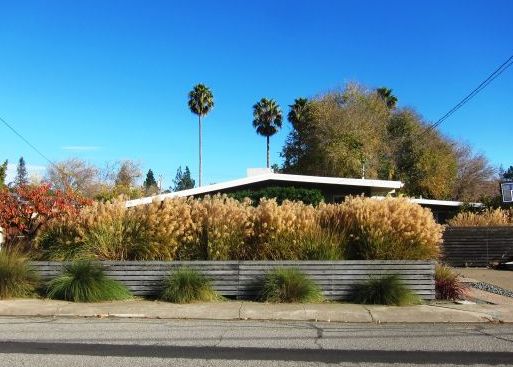 |
|
|
In many neighborhoods worldwide, fences are a defining feature, providing both unity and character. Think of the striking, colonial white picket fences of New England, the woodsy and Artsy-Craftsy grape-stake fences of Carmel-by-the-Sea, the rough-hewn stone walls of Ireland’s Aran Islands.
And so it is with neighborhoods of the mid-century modern variety, where fences were mostly designed to blend in so harmoniously with the houses as to remain unnoticed.
But all too often these days that is no longer the case. There are modern neighborhoods in which most homes are intact, but because fences are so numerous and their variety is so great, no sense of uniformity remains. Fences of course tend to deteriorate far more quickly than the homes to which they are attached, hence the helter-skelter streetscape.
Should we worry?
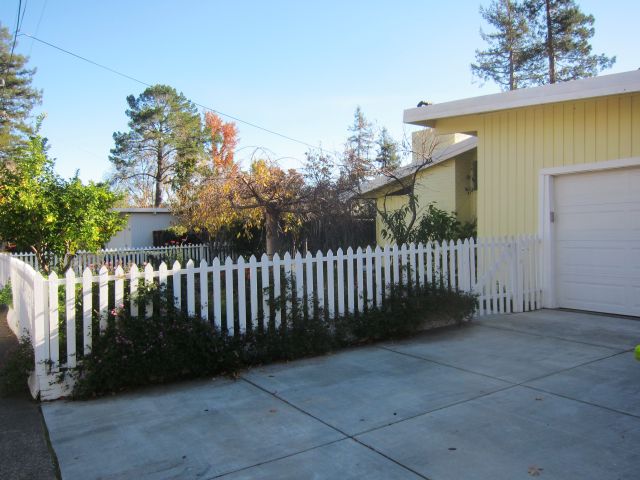 |
|
|
Maybe. But the joy with which some homeowners have dealt with the problem brings equal joy to passersby.
The thought arose recently while touring Terra Linda in Marin County, where two distinct mid-century modern tracts from the early to mid 1950s sit back to back. One was developed by Joe Eichler, and the other, the Alliance homes, by developers Cal Wheeler and John P. Boswell to designs by W.F. Severin.
Both neighborhoods remain well preserved, in the main, and are highly desirable places to live. But the Alliance neighborhood has a bit of a helter-skelter appearance in certain places, in large part because of the diversity of fence types and materials.
This is a problem that can be seen in many modern neighborhoods, including some designed by Cliff May and Chris Choate, in some of the John Mackay tracts in the South Bay, and in some by Eichler early in his career, before the introduction of the atrium removed the need for large areas of street-facing fence.
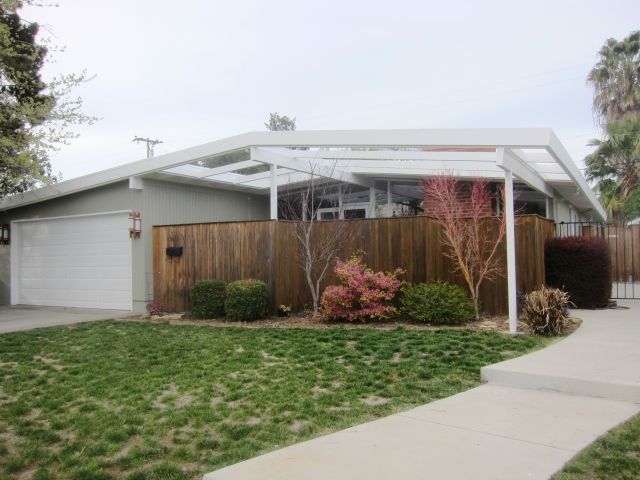 |
|
|
These are often called 'patio homes,' for a front patio that requires or at least benefits from privacy screening from the street.
Like many modern home designs, especially from the early 1950s, the idea was to provide homeowners with courtyards in the front of the homes (not to mention the standard private yards to the rear). This was part of the architectural ideology that saw the home not as a standalone object but as just one section of a free-flowing indoor-outdoor arrangement, with access to the out of doors from virtually every room in the house.
This was done not by including the front of the house's open space within a protected-from-the-street atrium, the Eichler solution from the mid-1950s, but by providing a privacy fence.
From the start, mid-century modern architects sought unity by using the same style siding and, in general, the same material, for facades, garage doors, and fences. Though, it must be said, they often combined materials in clever ways, such as by using concrete block for some of these elements.
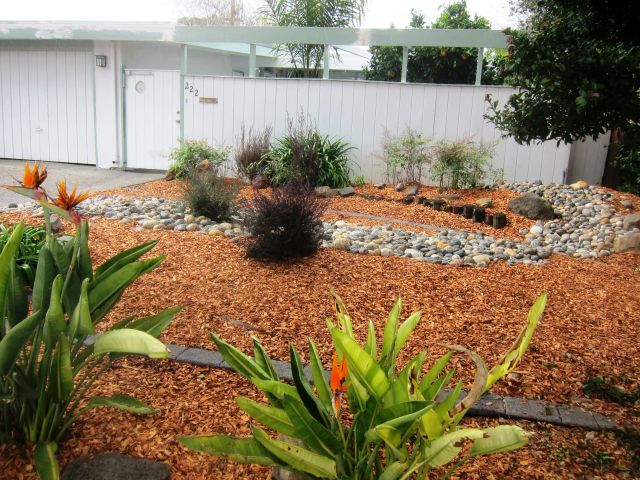 |
|
|
But when they did so the blocks, for example, might not just serve as courtyard fencing, but would also continue on as part of the exterior face (or even interior façade.) The idea was for a sense of unbroken movement, and to blend the outdoors into the indoors.
The idea was also to create a unified, harmonious streetscape.
What’s great about many Eichler homes is the way the façade disguises what exists behind it. Does that front wall conceal an atrium? Interior space? Or a bit of the side yard? If you don’t know the plan of the house, you have to guess.
Over the years, neighborhoods that have architectural review, including some of Streng Homes in the Sacramento Valley, have often grappled with issues of fencing.
In Upper Lucas Valley, one of the best-preserved Eichler neighborhoods, one neighbor has pointed out that “the original architects saw fencing as integral part of the house,” adding that architectural committees must take fencing seriously.
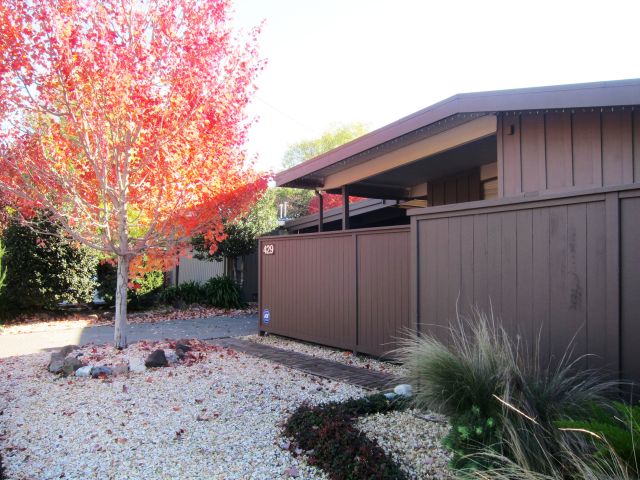 |
|
|
Also taking the issue seriously is Renee Adelman, the Marin Eichler real estate specialist, who provides good examples on her site. She writes: “To best complement the clean lines of mid-century modern homes, most owners prefer a clean, non-ornate design which complements the overall look and feel of their modernist home.”
Exploring modern neighborhoods finds many attractive solutions for front-yard fencing. Not all might make the grade if architectural review is strict. And some can get too creative – though there is almost always room for a fence that tastefully incorporates a bit of art.
And in the Alliance Homes' neighborhood, the use of compatible woodwork and colors and creative landscaping add much to the neighborhood feeling. Fences can do more than provide privacy and demarcate one’s own area. They can tie neighbors together.
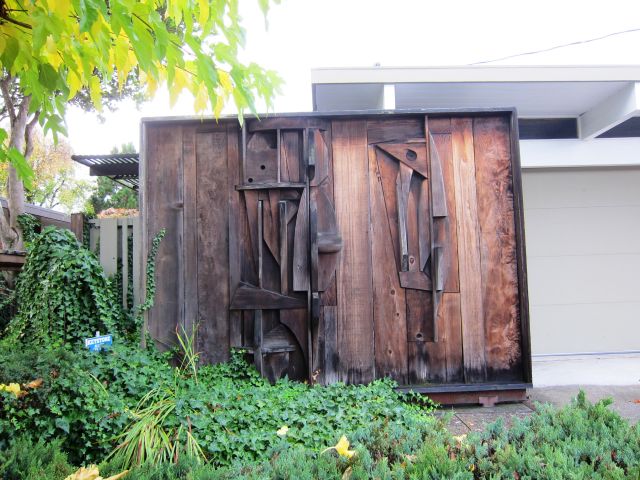 |
|
|
- ‹ previous
- 247 of 677
- next ›



